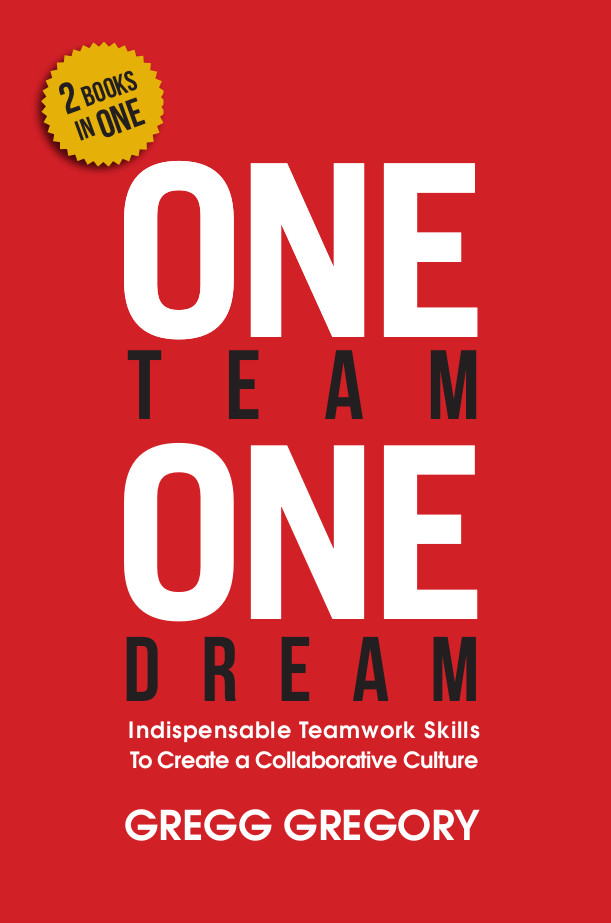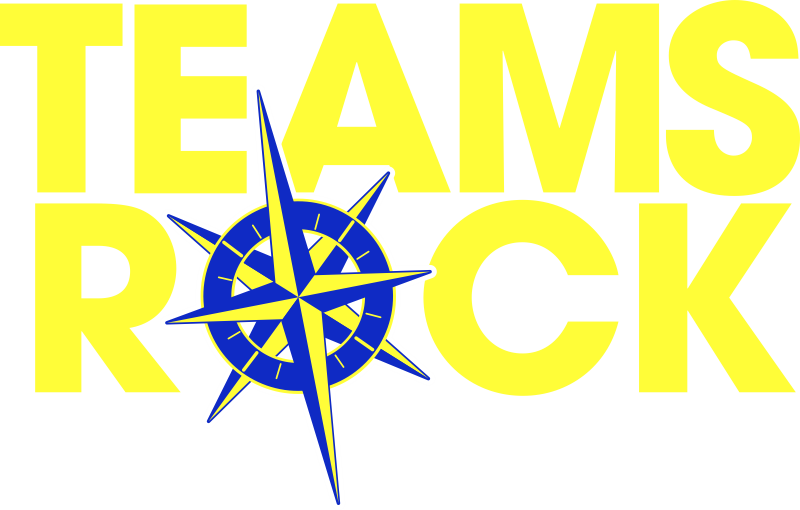One of the most trying parts of office work, and a killer of positive organizational culture, is the time spent in meetings. We’ve all been there: A team leader or department executive calls everyone into the conference room, where time drags by as concerns and issues are discussed.
If you pay attention when visiting other parts of the company, you may see employees doing the “duck and dodge,” sneaking away from their cubicles or off to the bathrooms, when you know they’re supposed to be heading for a team meeting. That’s a clear symptom that meetings aren’t being done right – and that they’re affecting the productivity and well-being of the team.

You may even be having trouble getting the entire team to attend your meetings, or at least get them to show up on time. That’s because a poorly run meeting makes team members feel like their time and talents are being wasted, and that they aren’t able to really contribute to solutions. Well, here are a few time-honored methods to get everyone into the conference room.
Set the meeting at the best time and location for your team. Is there a lull in the workflow at the same time every day? Do team members come into work on a rolling schedule (some early morning, others mid-morning)? Do some team members work remotely? The meeting should be held at a time when it’s possible for every team member to attend or dial in.
Start on time. You can opt to give a two-minute grace period for everyone to get to the room and sit down, but no more than that.
Keep to the planned agenda. It’s helpful to have a timekeeper who can call out the amount of time that has passed, or have a timer on your laptop or tablet that is facing you.
Assign action items at the meeting. Don’t just leave them floating out in the notes for the team to wonder about. Delegate them.
Have a central location or “board” to write key points, ideas, problems and assignments. This can be a whiteboard on the meeting room wall, or it can be a shared document that everyone can access on their laptop, such as a Google Docs or Sheets document.
Recap the key points, solutions and assignments at the end of the meeting.
Use “alternative” meetings sparingly. Standup meetings are all the rage, but traditional meetings endure because they are an optimal format for putting your heads together and solving the more difficult problems – the ones that take time and teamwork.
End on time. Today’s companies run tight and fast, and every minute that the team is in a meeting is a minute where work isn’t getting done. If you haven’t addressed or resolved all the issues on the agenda within the scheduled time frame, schedule a follow-up meeting in a few days’ time to tackle those issues.
 Excerpted from One Team, One Dream by Gregg Gregory For more information, get your copy of Gregg’s book, One Team, One Dream today! Available in both print and electronic versions!
Excerpted from One Team, One Dream by Gregg Gregory For more information, get your copy of Gregg’s book, One Team, One Dream today! Available in both print and electronic versions!
Bring Gregg to you!
Featured team development seminar – Synchronize Your Team


Leave A Comment